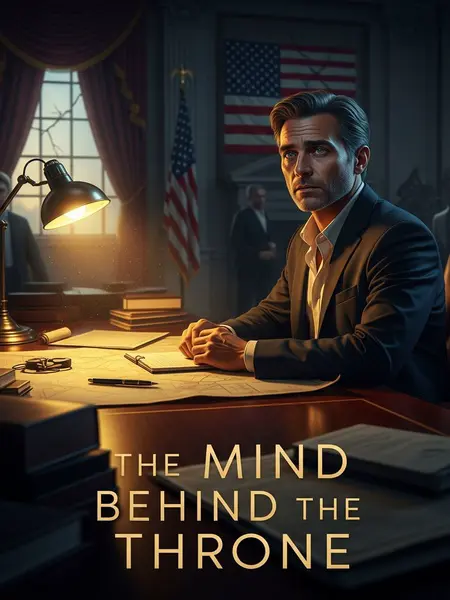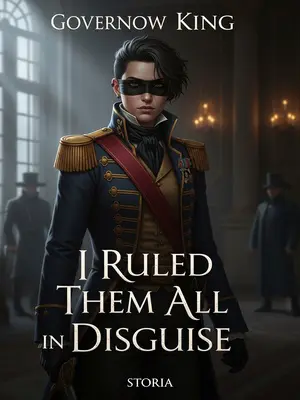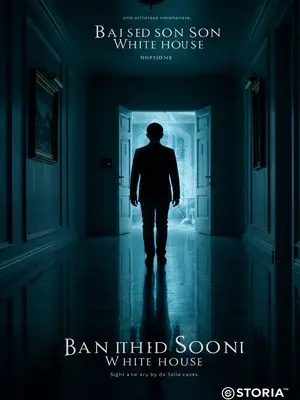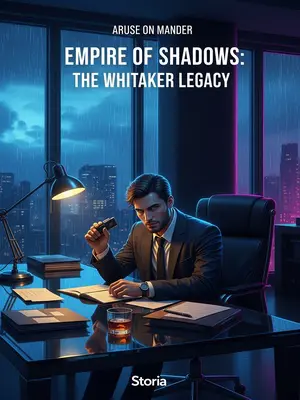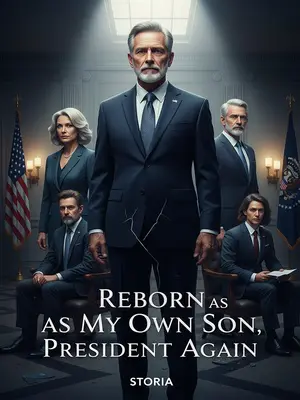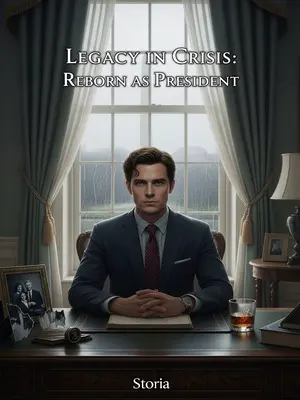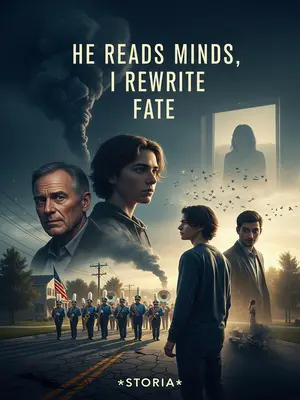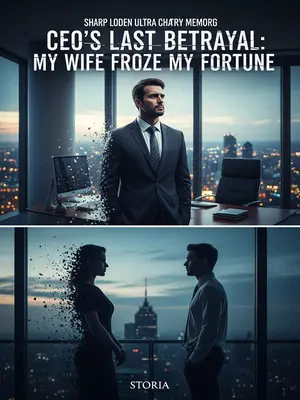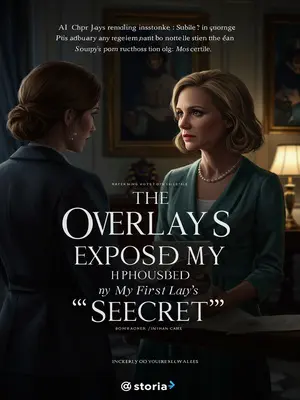Chapter 2: Shadows at the Lodge
Time rolled on, and the peace shattered in Carter’s forty-seventh year in office. That year, Carter took his sons and Cabinet north for a hunting trip in the Adirondacks, hoping to escape the weight of office.
One night, a rumor spread: the President’s son was spying on him. The Secret Service tensed, suspicion thick in the air.
This was the famous "Night Guard at the Lodge" incident, later retold in books and around campfires—a moment when trust nearly snapped at the top.
Carter was baffled: his son’s cabin was far off, and his own lodge was guarded—how could he be watched? He paced, muttering, as the wind rattled the shutters.
Then, someone produced a strange object found in the son’s cabin. Carter stared—suddenly he recognized it: a reflecting telescope Newton had built. The brass tube glinted in the lantern light, and Carter’s face darkened.
With that telescope, his son could point it out the window and see everything happening in Carter’s lodge. The Secret Service exchanged uneasy glances, realizing how thin the walls of privacy had become.
Carter, furious, summoned his son, but he was nowhere to be found. Suddenly, news broke: General Lincoln had entered the lodge with troops, allegedly on the son’s orders! The camp exploded in confusion.
Desperate, Carter searched for his son, ordering Newton and others arrested and stripping the boy of his title. The air crackled with suspicion and fear. For the first time, Newton found himself on the wrong side of trust.
Eventually, the son was found, and things calmed a bit. The boy, shaken but safe, was brought before his father at dawn.
The son admitted spying with Newton’s telescope but insisted Newton knew nothing. More importantly, he said the order to mobilize troops wasn’t written by him. The truth, as always, was tangled in ambition and fear.
The authenticity of the order was key, but the handwriting matched the son’s perfectly. Experts pored over it for days, but nobody could say for sure.
That’s when Newton stepped up. He asked for the original document, his eyes sharp with focus.
“Everyone writes with the force of their wrist, a single motion. When you imitate, the torque changes, and there are tiny pauses…” Newton used classical mechanics to prove the order was a forgery. With a piece of chalk and a battered blackboard, he laid it all out. The officials were stunned.
Carter finally relaxed. Three months later, Richard was reinstated as heir. The White House settled back into its uneasy rhythm, but the memory of that night lingered.
After the storm, Newton realized Richard wasn’t fit to lead and quietly distanced himself. The old scholar’s gaze grew distant, and he buried himself in research.
Carter still treated Newton the same. Impressed by Newton’s handwriting analysis, Carter often asked him to study John Hancock’s penmanship, hoping to perfect his signature. The president’s desk became a mess of practice sheets, his signature growing bolder.
Newton got hooked on calligraphy, quickly becoming a master and even creating a unique “Newtonian style.” Collectors sought his letters, and students practiced his script.
